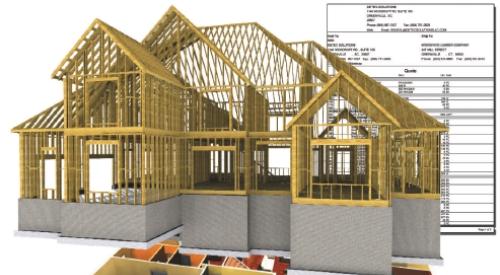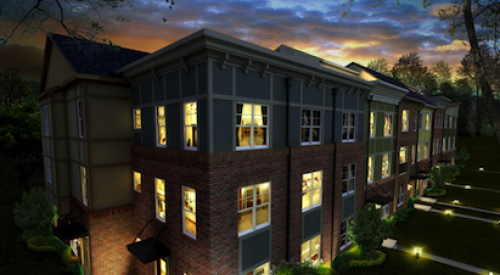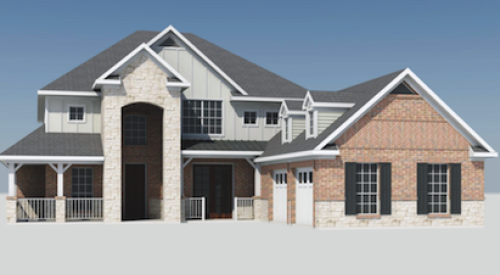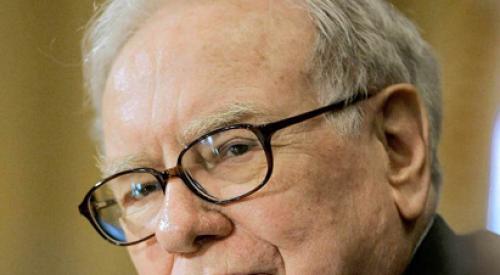You may have asked yourself that question after glancing at the cover of this month's Professional Builder. Before you write us off as sensationalists, let me explain our reasons for playing up the Oracle of Omaha in such a way.
As we all know, Buffett has had close ties with the U.S. home-building industry for nearly a decade. His behemoth conglomerate holding company, Berkshire Hathaway, owns half a dozen housing-related manufacturing companies, including Shaw, Acme Brick, Benjamin Moore, Johns Manville, MiTek and modular home builder Clayton Homes. Berkshire Hathaway also has a sizable stake in USG and Wells Fargo.
But it's one of Buffett's less-publicized investments that piqued our interest. About a year and a half ago, Berkshire Hathaway's MiTek made a huge play in the CAD software/services market by acquiring Simpad, a plan-services company that offers outsourced, optimized plans to home builders with the help of tools like 3D-CAD and building information modeling (BIM) software.
Why the investment in BIM and 3D modeling services? One of Buffett's long-time creeds is to keep things simple, and he sees these tools and services as a way to automate what has traditionally been an inefficient, time-consuming, wasteful process. Simply put, Buffett views the automating of home building as one of the best bets going forward.
“The home-building industry, like others, will find ways to reduce costs through technology,” wrote Buffett in a book on Simpad that was distributed to CEOs of the top 50 U.S. home builders late last year. “I also see the current environment as an important opportunity for leading builders to retool their businesses and to prepare for the up-cycle ahead.”
The housing industry may still be in the tank, but Buffett has stated publicly that it's merely in a correction period following the recent boom. He's a long-term strategist who sees an inevitable demand for new housing. Let's not forget that the U.S. population is expected to grow by 100 million in the next 40 years. These people will need some place to live.












